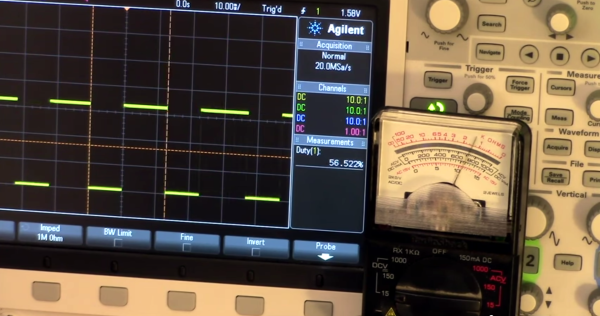Milling machines are nice to have around for precisely drilling holes or removing unwanted material from a part. However, they can be expensive and may not get a lot of use, two reasons why a mill purchase may not make sense for a home shop. [David] didn’t need a mill, he wanted one and he didn’t want to spend a lot of money. He did have an old bench top drill press and a lathe in his shop and thought it would be a good idea to combine them them into a DIY Milling Machine.
The problem with just throwing a milling bit in a drill press and trying to mill metal is that the drill press spindle ball bearings are not made for radial loading. [David] knew this and replaced the stock ball bearings with angular roller bearings. These new bearings would require an axial preload applied to keep the spindle in place. This was done by machining threads into the spindle’s shaft and adding a nut to secure and preload the new angular roller bearings.
[David] did not have an XY Table to donate to the project so he decided to mount the drill press to his lathe and use the lathe axes to move the work piece around underneath the mill. Thick plate steel was welded together to form a hefty bracket that bolted to both the lathe bed and drill press column. And yes, the lathe is still functional and the changeover process is simple. To go from Mill to Lathe; the work piece is removed from the lathe’s cross slide and replaced with the lathe tool holder. That’s it!
Overall, [David] is happy with his conversion. He doesn’t expect his project to be as precise or rigid as a proper milling machine but says he has no problem cutting 1mm deep passes in steel when using a 6mm diameter mill bit.



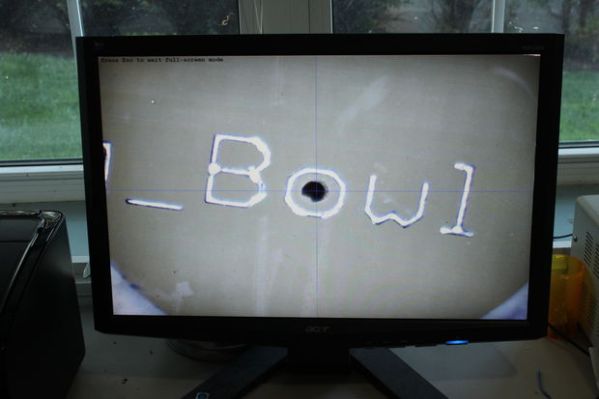
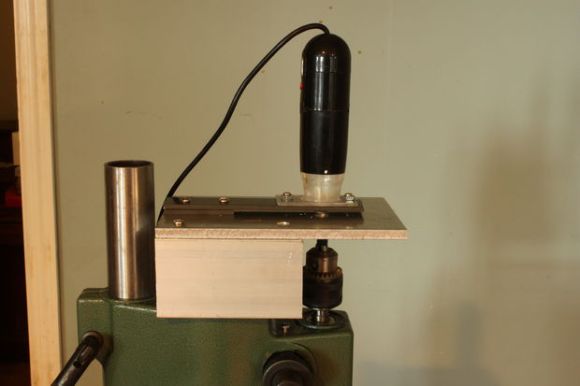
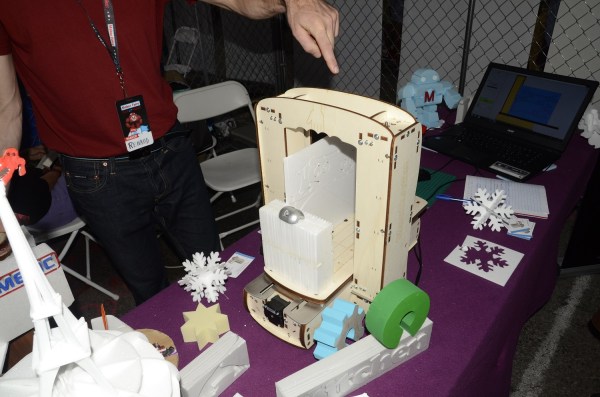
 epper motors much like a 3D printer. Rather than print though, it pulls a heated nichrome wire through styrofoam. Foam cutting is great for crafts, but it really takes off when used for R/C aircraft. [Renaud] was cutting some models out of
epper motors much like a 3D printer. Rather than print though, it pulls a heated nichrome wire through styrofoam. Foam cutting is great for crafts, but it really takes off when used for R/C aircraft. [Renaud] was cutting some models out of 
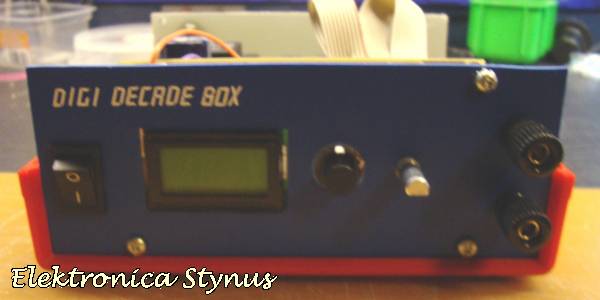

 [Tom] told us that the team is currently redesigning their hardware. The next generation prototype board with more protection can be seen in the far right of the top photo. He also mentioned that they’re shooting for 5 digits of accuracy, placing them on par with many bench scopes. We’re skeptical to say the least about 5 digits, but the team is definitely putting their all into this product. We’ll wait until the Kickstarter backers start getting their final devices to see if Voltset is everything it’s cracked up to be.
[Tom] told us that the team is currently redesigning their hardware. The next generation prototype board with more protection can be seen in the far right of the top photo. He also mentioned that they’re shooting for 5 digits of accuracy, placing them on par with many bench scopes. We’re skeptical to say the least about 5 digits, but the team is definitely putting their all into this product. We’ll wait until the Kickstarter backers start getting their final devices to see if Voltset is everything it’s cracked up to be.